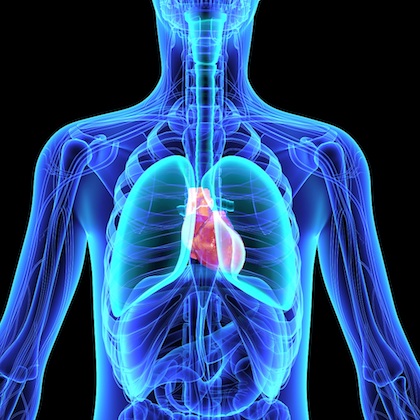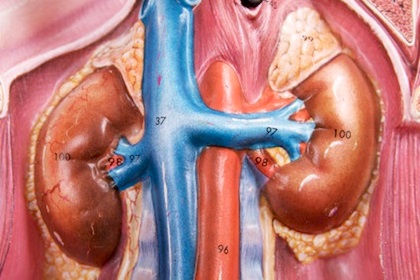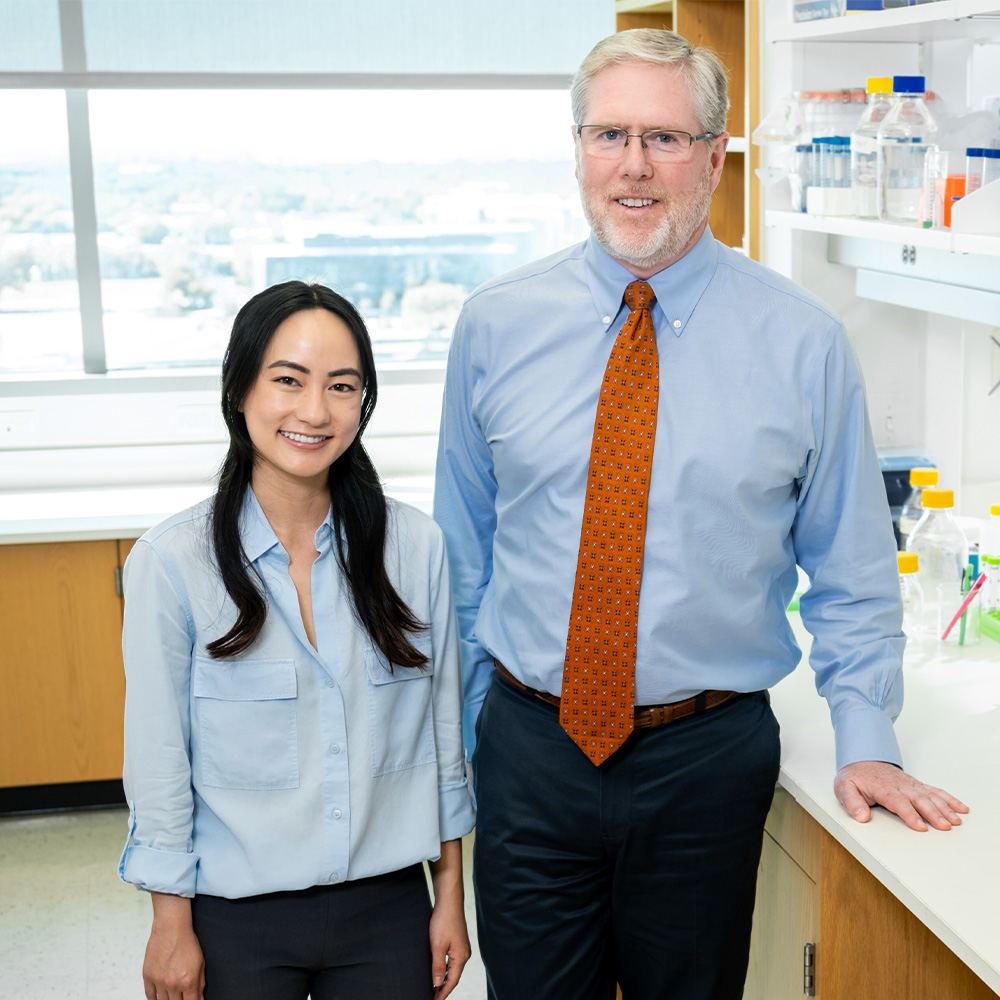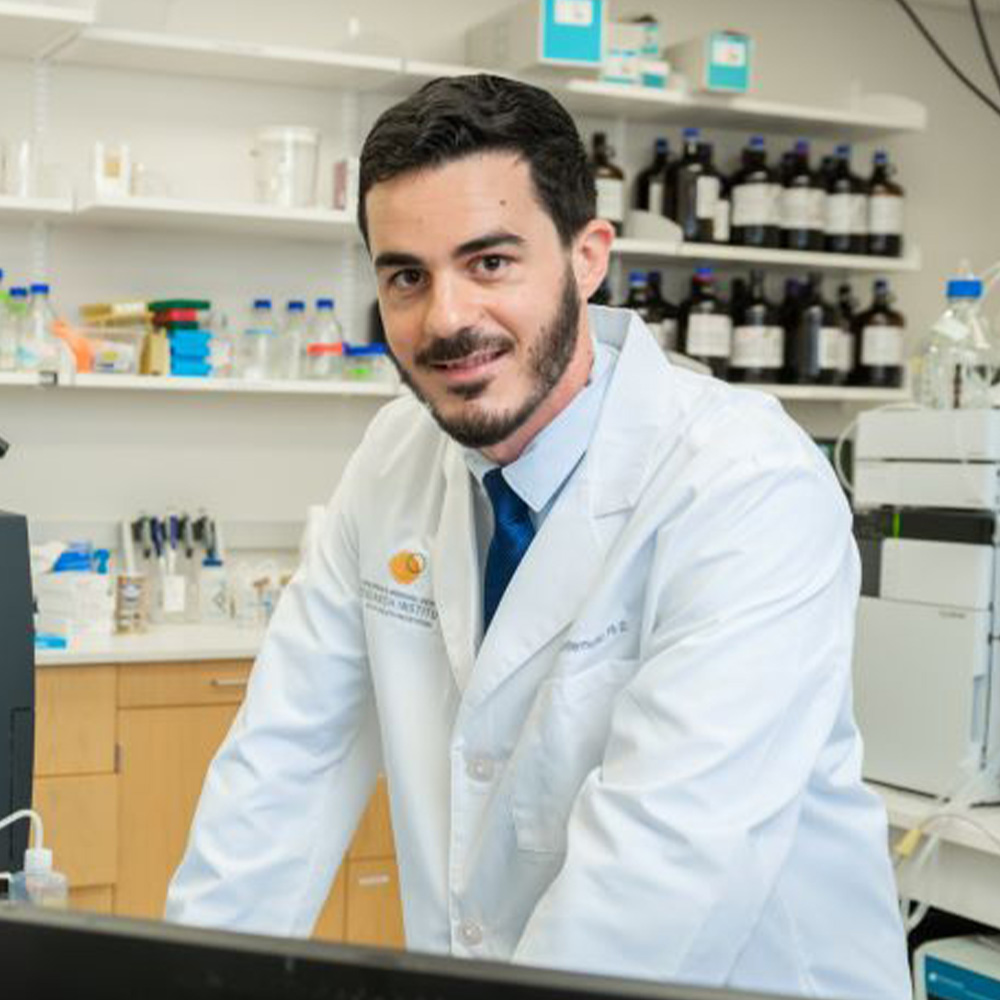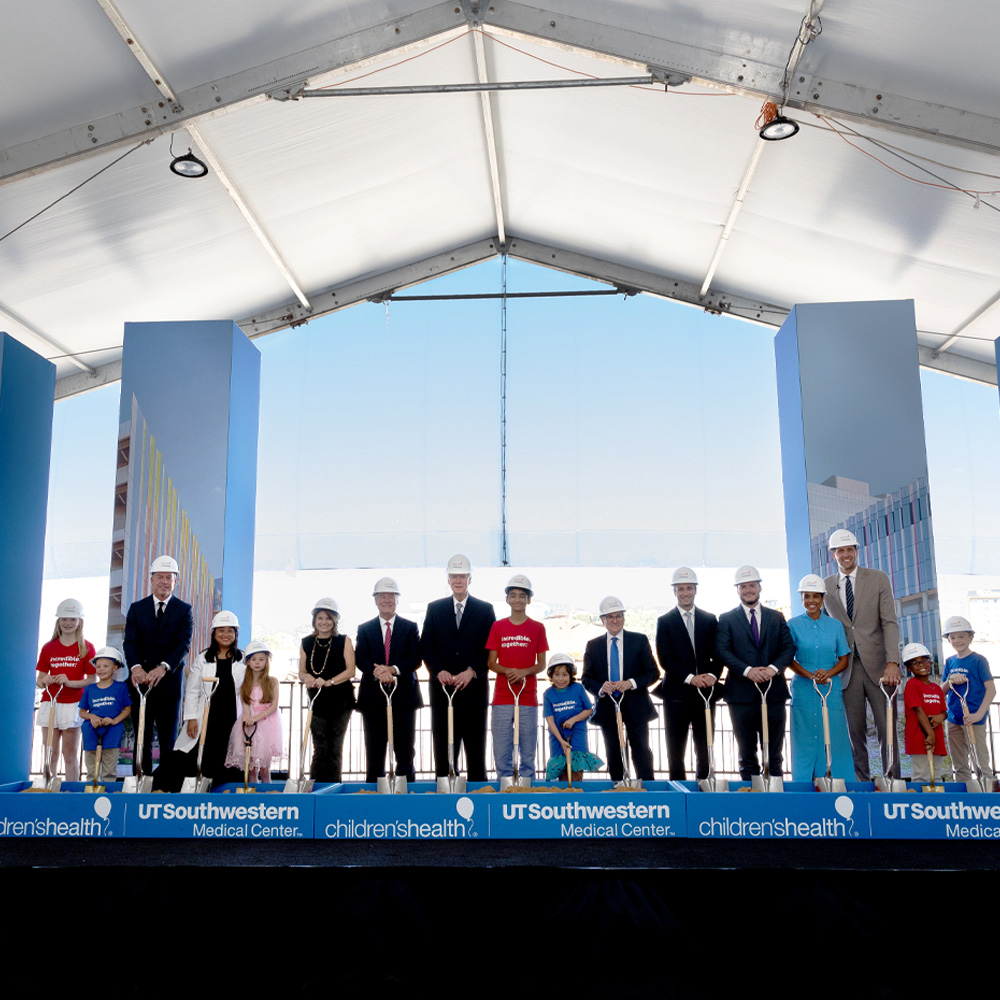UTSW/THR study investigates fitness of obese children
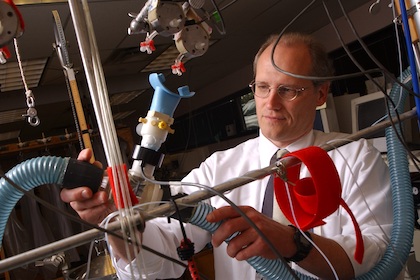
DALLAS – Oct. 10, 2017 – A study underway at the Institute for Exercise and Environmental Medicine is investigating the respiratory effects of obesity in children, including obese children who may be misdiagnosed with asthma.
There has been little research into how obesity affects a child’s lung function and ability to exercise, said Dr. Tony Babb, Director of the Cardiopulmonary Laboratory at the Institute for Exercise and Environmental Medicine (IEEM) at Texas Health Presbyterian Hospital Dallas, a joint program of UT Southwestern Medical Center and Texas Health Resources. Because such children often complain of breathing discomfort, the assumption has been that they have limited lung function, or perhaps even asthma, and can’t tolerate exercise, he said.
“A lot of people assume obese people are deconditioned, and that’s really not always the case,” said Dr. Babb, Professor of Internal Medicine at UT Southwestern. They may have greater breathlessness, he said, but “they’re working harder to do everything.”
An earlier study found that patients with obesity-related breathing problems are incorrectly labeled as having asthma more than half the time, Dr. Babb said.
One-third of American children ages 2 through 19 are now overweight or obese, compared with 15 percent in the 1970s, according to the National Center for Health Statistics. Dr. Babb’s team has been awarded a $2.7 million, five-year National Institutes of Health grant to study this issue. They are signing up 96 obese and normal-weight children, ages 8 through 12, to examine the effect excess weight has on breathing and whether losing weight will improve respiratory function, said Dr. Babb, principal investigator of the study.
They will also test whether obese children who have been misdiagnosed with asthma have poorer exercise tolerance and respiratory function than others, perhaps because they have been discouraged from exercise, he said.
Parents who want to enroll their child in the study can call 214-345-6574 or ieemlung@texashealth.org.
Earlier research from the IEEM looked at the lung function, or cardiorespiratory fitness, of obese children. Cardiorespiratory fitness is assessed by measuring how much oxygen the body can use during heavy exercise, which varies based on the functioning of the lungs, heart, and exercising muscles. That study was published earlier this year in Medicine & Science in Sports & Exercise.
The researchers found that if they used a newer technique for adjusting for total body weight when evaluating cardiorespiratory fitness, obese children scored similarly to nonobese children.
This finding echoes that of a 2012 Institute for Exercise and Environmental Medicine study in Chest Journal that focused on adults. Researchers found that obese adults were just as likely to register normal cardiorespiratory function as normal-weight people if allowance was made for the added fat weight they carry.
“It would be the same as if you took a really good runner and put a 100-pound bag of rice on him and said, ‘Now see what you can do.’ He couldn’t run as fast or as long. But the function of his heart and lungs would still be the same good condition,” Dr. Babb explained.
The new study is being conducted in conjunction with the COACH (Center for Obesity and its Consequences in Health) Program at Children’s Health, a multidisciplinary group of healthcare professionals dedicated to helping overweight children and families live healthy lifestyles.
Co-investigators for the study with Dr. Babb are Dr. Tanya Martinez Fernandez, Associate Professor of Pediatrics, and Dr. Olga Gupta, Assistant Professor of Pediatrics and Internal Medicine and a Dedman Family Scholar in Clinical Care at UT Southwestern.
Future research at the IEEM will try to determine whether some children are incorrectly diagnosed with asthma, Dr. Babb said, and whether they are more capable of exercising than thought.
About UT Southwestern Medical Center
UT Southwestern, one of the premier academic medical centers in the nation, integrates pioneering biomedical research with exceptional clinical care and education. The institution’s faculty has received six Nobel Prizes, and includes 22 members of the National Academy of Sciences, 18 members of the National Academy of Medicine, and 14 Howard Hughes Medical Institute Investigators. The faculty of more than 2,700 is responsible for groundbreaking medical advances and is committed to translating science-driven research quickly to new clinical treatments. UT Southwestern physicians provide care in about 80 specialties to more than 100,000 hospitalized patients, 600,000 emergency room cases, and oversee approximately 2.2 million outpatient visits a year.
###
To automatically receive news releases from UT Southwestern via email, subscribe at utsouthwestern.edu/receivenews.

